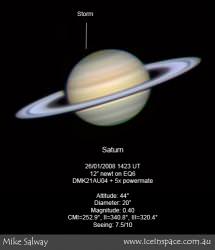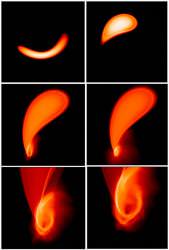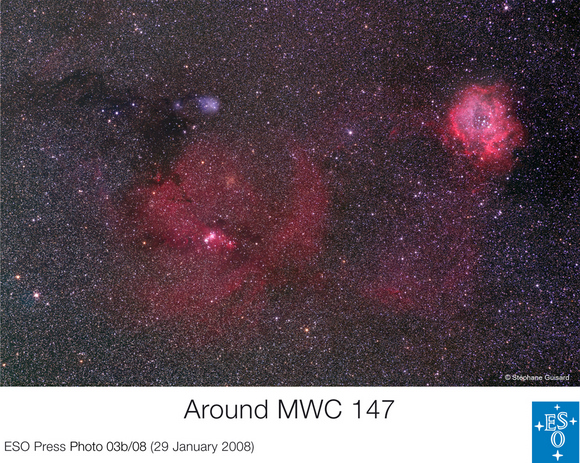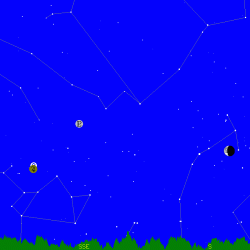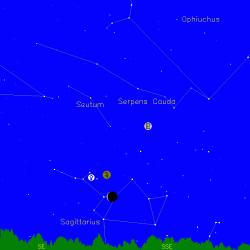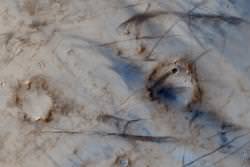US researchers have used a new and innovative method to create, trap and study the elusive helium-8 isotope. Helium-8, containing six neutrons and only two protons, is the most neutron rich substance we can create on Earth and until now, we have been unable to accurately characterize it. Through the use of a “laser trap”, physicists in the U.S. Department of Energy’s Argonne National Laboratory have accurately mapped the distribution of the atom and could help us understand the science behind exotic neutron stars.
So, how do you “trap” a helium-8 isotope? The answer is far from simple, but Argonne physicist Peter Mueller has found a solution. Using the GANIL cyclotron facility in northern France, helium-4, 6, and occasionally helium-8 isotopes can be generated. This is one of the only cyclotrons is the world with enough energy to generate the helium-8 isotope. It is all very well creating the particle, but to separate helium-8 from its other helium isotope siblings requires a clever and highly accurate laser “prison” for the heavier helium isotope to fall in to, whilst allowing the other, lighter, isotopes to fly straight through.
Acting as the “bars” of prison gates, six lasers are accurately aligned at such spacing that only isotopes with the dimensions of helium-8 are trapped. When aligned, helium-8 will fall between them, and should the isotope try to escape, repulsion forces keep the isotope still. Once enough time is allowed to pass (about one helium-8 atom is generated every two minutes) the team fire another two lasers into the middle at the same frequency as the resonant frequency of helium-8. Should the laser prison glow, helium-8 has been captured.
The most common, stable form of helium has two protons and two neutrons. Helium can also have two unstable isotopes, helium-6 (four neutrons) and helium-8 (six neutrons). In the unstable isotopes, the additional neutrons form a “halo” around the compact central core (pictured above). Helium-6 has a halo containing two neutrons and helium-8 has a halo of four neutrons. In the halo containing two neutrons, helium-6 has a distinctive “wobble” as the halo neutrons arrange themselves asymmetrically around the core (i.e. they bunch together). This lopsidedness moves the center of balance away from the core and more toward the halo pair of neutrons. Helium-8 on the other hand wobbles less as the four halo neutrons arrange themselves more symmetrically around the core. The laser trap is the only method known to trap a helium-8 atom, and because of this, the structure of its halo can finally be analyzed to such a high degree of accuracy.
To measure the characteristics of helium-8 is complicated by its radioactivity. Helium-8 has a half-life of only a tenth of a second, so all measurements of the atom must be taken instantly as the “prison glow” is detected. Measurements are therefore taken “on-line”, which is a difficult task in itself.
Detection of the rare helium-8 isotope is a major step to particle physicists and astrophysicists alike. It is important to understand how helium configures itself after production from a particle accelerator, but it is also of use when understanding the properties of cosmic bodies such as neutron stars. The implications of the Argonne experiment will be useful as better spectroscopic observations become available so the signature of the helium-8 structure might be detected other than on Earth.
Source: Physorg.com


